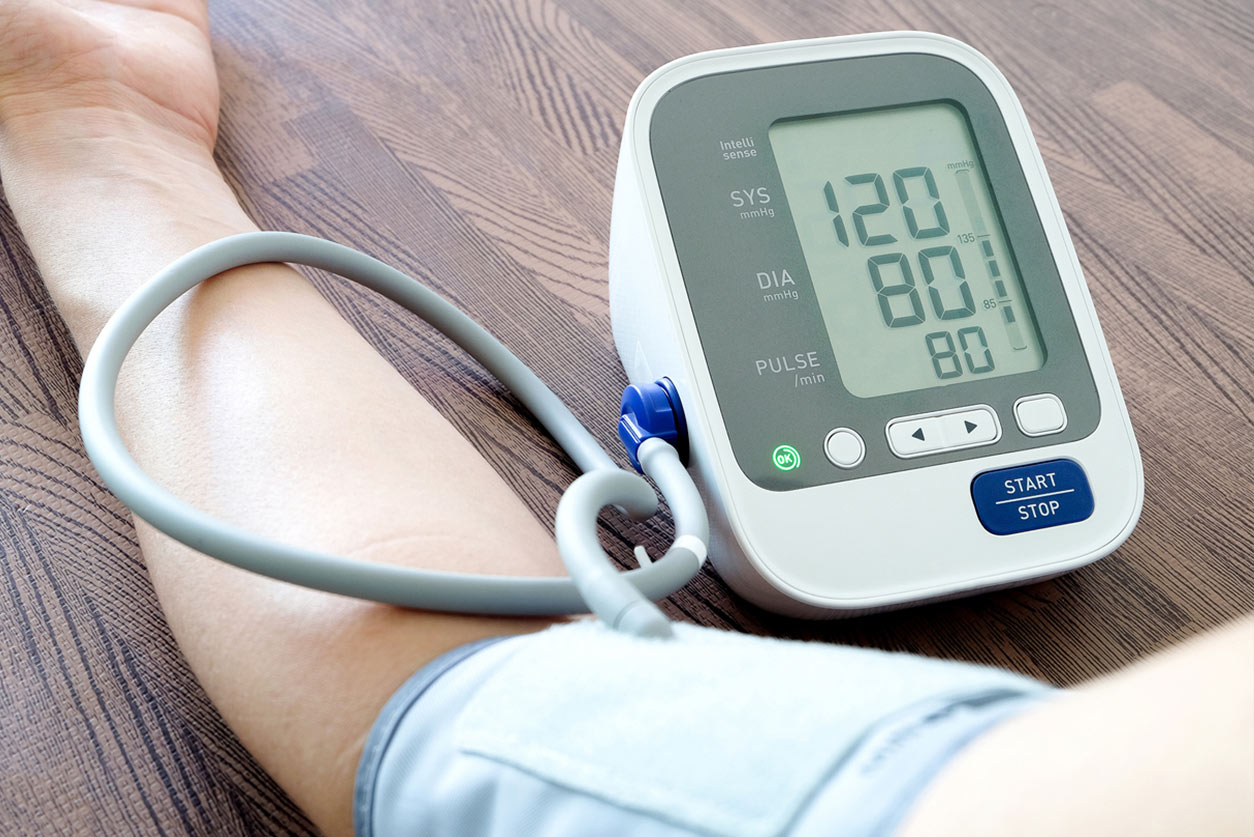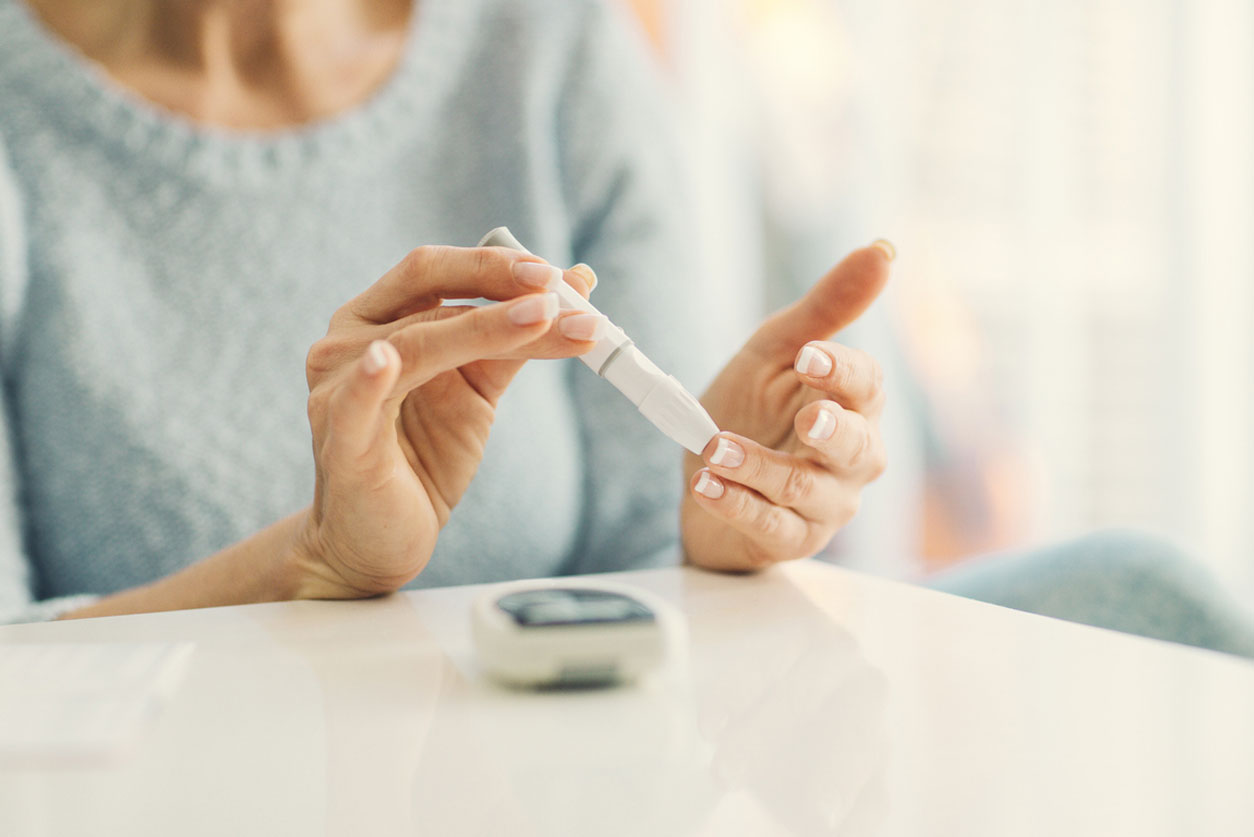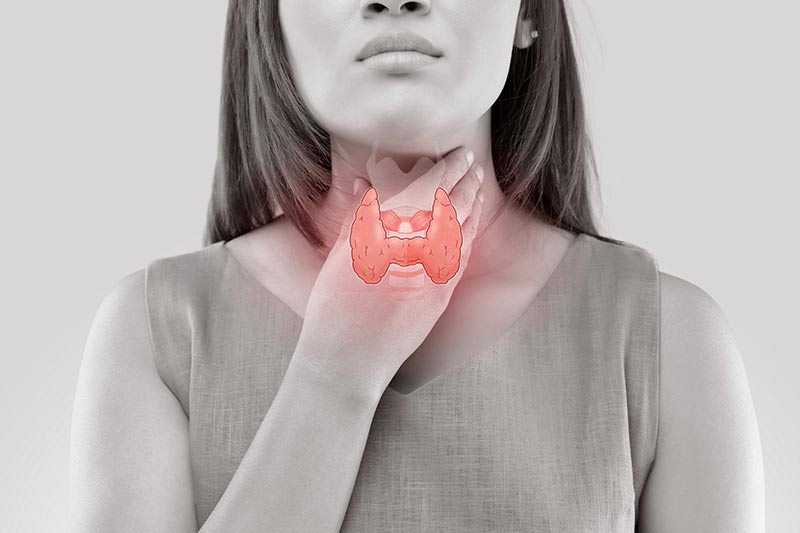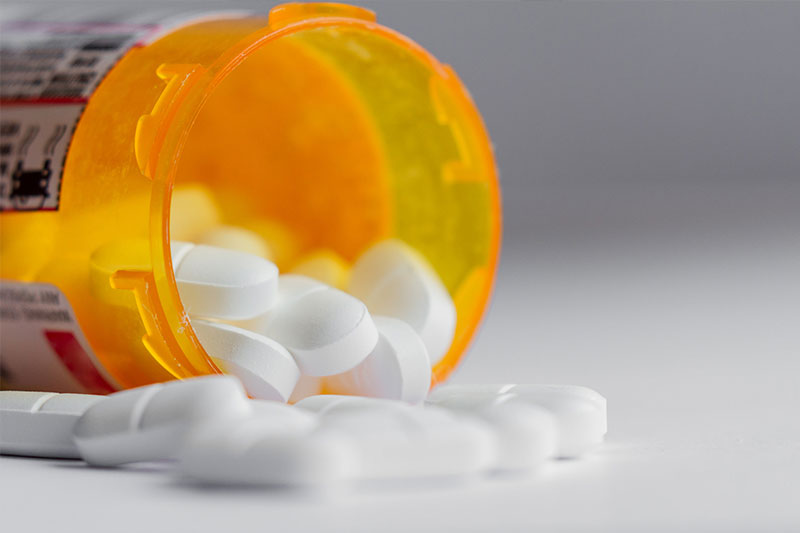Most Americans are familiar with the term ‘high blood pressure’ – in fact, one in three American adults suffer from it. But the majority of these 75 million people will be unaware that they have the condition as high blood pressure (hypertension) typically does not have any symptoms. However, it is important to understand the condition as it greatly increases the likelihood of heart disease and strokes (the first and fifth leading causes of death in the US).
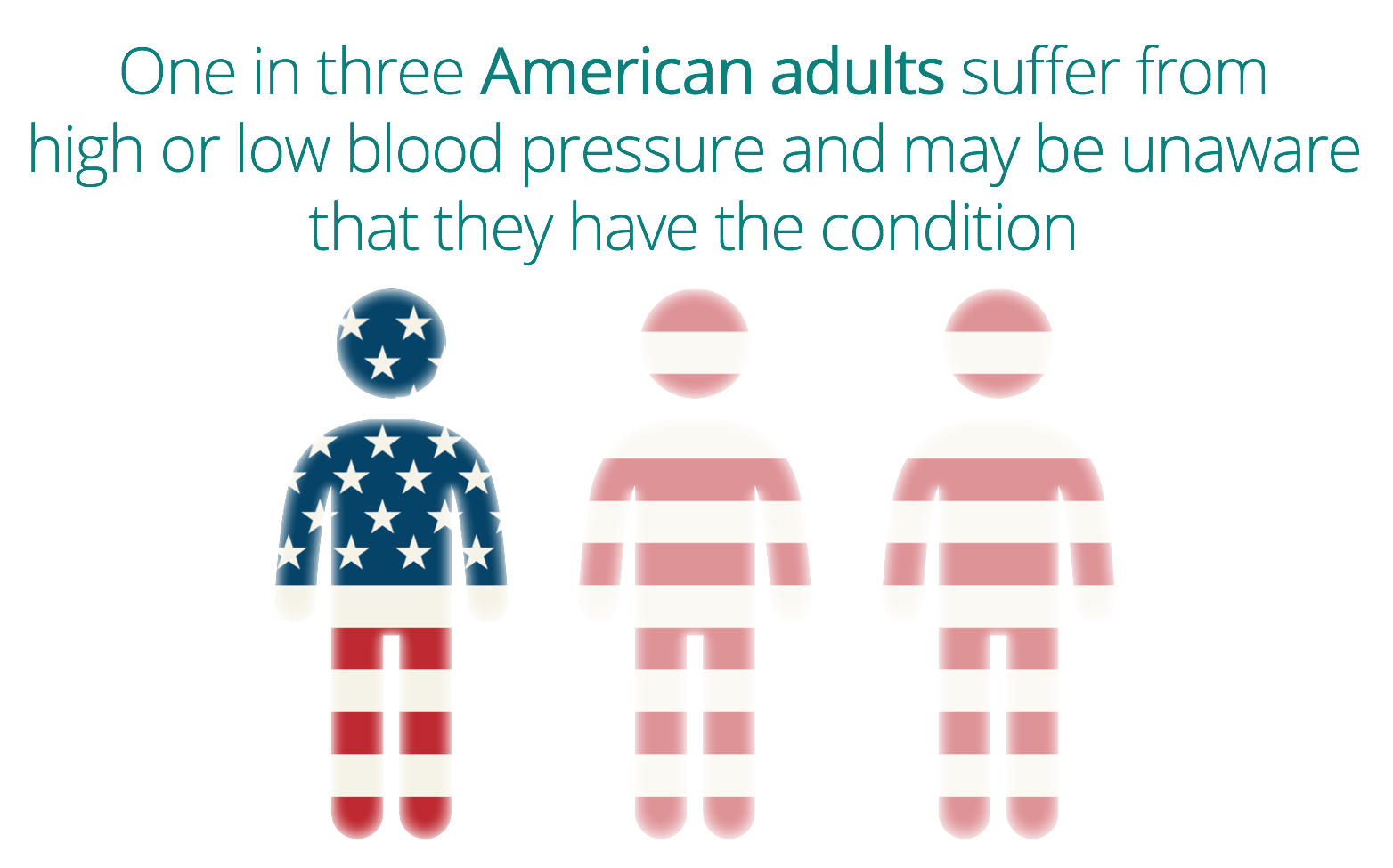
Additionally, low blood pressure (hypotension) can cause harm without showing any symptoms. This condition is usually caused by ageing, pregnancy, diabetes or some types of medication. While it is not as life-threatening as high blood pressure, it can still indicate underlying conditions.
Here, we provide an overview of the two extremes and discuss the consequences of non-ideal blood pressure.
How to check your blood pressure
Firstly, consulting your doctor is the best initial step towards diagnosing your condition. They will take a blood pressure reading with a pressure cuff (sphygmomanometer). This is placed around the upper arm and is either manually or electronically inflated. While inflated, the pressure cuff compresses the brachial artery, momentarily stopping blood flow. As the air is then released, the doctor will perform the measurement by listening with a stethoscope or monitoring an electronic readout.
Your doctor may recommend that, following this appointment, you purchase a home blood pressure monitor. While this can be expensive, it allows you to test which treatments and exercises are working without the need for multiple doctor visits. A single high reading is not an immediate cause for concern; take the test a few more times before contacting your doctor.
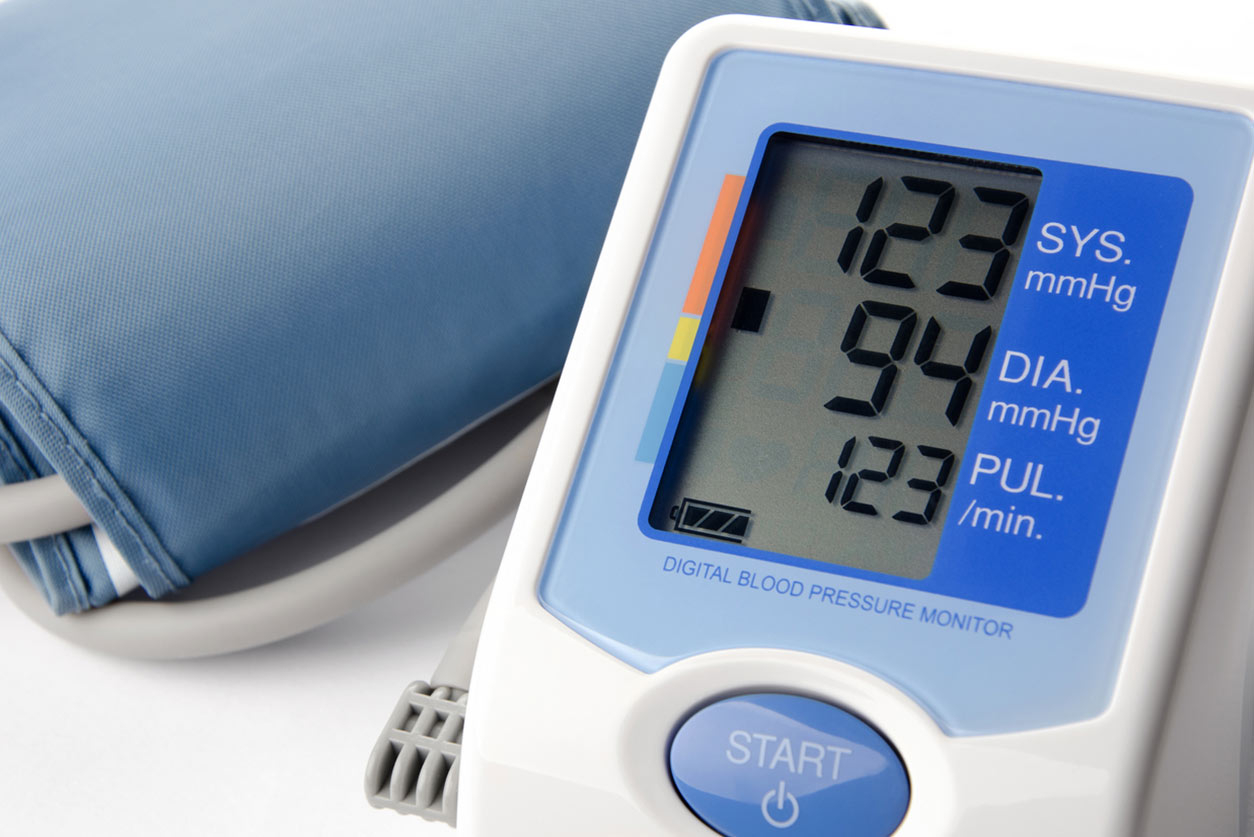
What is the ideal blood pressure?
Blood pressure is measured with two numbers: systolic pressure (higher number) and diastolic pressure (lower number). Systolic is the force at which your heart pumps blood around your body, and diastolic is the resistance to blood flow in the blood vessels – both of which are measured in millimetres of mercury (mmHg). Ideal blood pressure is considered to be between 90/60mmHg and 120/80mmHg.
You are considered at risk if your blood pressure is either of the following:
- 130/80mmHg or higher (high blood pressure)
- 90/60mmHg or lower (low blood pressure)
As the majority of people affected by imbalanced blood pressure do not have any symptoms, it is important to regularly consult your doctor if you are over 40 or suffer any of the following symptoms:
- Dizziness
- Fainting
- Headaches
- Shortness of breath
- Chest pain
- Fever
- Heart palpitations
- Nose bleeds
- Stomach pain
- Blurred vision
What are the risks of high blood pressure?
By having high blood pressure and not effectively managing it, you are putting extra strain on the blood vessels, heart and other organs (including the brain, kidneys and eyes).
Consequently, not resolving the issue increases your chances of suffering from debilitating diseases and life-threatening conditions. They include:
- Heart disease
- Heart attacks
- Heart failure
- Kidney disease
- Aneurysms
- Strokes
It is important that, if you have been diagnosed with high blood pressure, you recognize the causes and make the appropriate steps to reduce the condition.
What are the causes of high blood pressure?
As symptoms are not immediately obvious for the condition, it can be harder to narrow down the exact cause. However, there are a number of lifestyle choices that place an individual at an increased risk.
You are at an increased risk of high blood pressure if:
- You are over the age of 65
- You are overweight or obese
- High blood pressure runs in the family
- You eat unhealthily and too much salt, and not enough fruit and vegetables
- You do not exercise
- You have poor sleeping habits
- You smoke
- You consume high amounts of alcohol
- You consume high amounts of caffeine
High blood pressure can often be prevented or reduced by eating healthily, maintaining a healthy weight, taking regular exercise, drinking alcohol in moderation and not smoking. Cut down on the amount of salt in your food and eat plenty of fruit and vegetables, and try to keep up fitness routines.
Medication for blood pressure
While the above will support you in reducing high blood pressure, if your condition is linked to genetics or age (or you struggle to make better lifestyle choices immediately), you may need the support of medication.
Typical medication solutions that resolve high blood pressure symptoms and reduce the condition include but are not limited to:
Angiotensin-converting-enzyme (ACE) inhibitors – such as enalapril maleate, which restrain the hormones and compounds that constrict the blood vessels, making it easier for the heart to pump.
Angiotensin II receptor blockers (ARBs) – such as candesartan, which keep blood vessels from narrowing to lower blood pressure and improve blood flow.
Calcium channel blockers – such as amlodipine, which prevent calcium from entering cells to relax vessels and help the heart pump blood around the body.
Diuretics – such as bendroflumethiazide, which can work alone or with other medication to reduce high blood pressure.
Alpha-blockers – such as doxazosin, which work by relaxing blood vessels so blood can flow more easily.
Beta-blockers – such as atenolol, used to lower blood pressure and treat chest pain to improve survival after a heart attack.
In cases of hypotension, medication to increase blood pressure is not needed. Simple lifestyle measures or treating the underlying cause is usually effective. This is generally either purchasing support stockings to improve circulation or changing the medication that has significantly lowered your blood pressure.
Get specialist support The above suggestions are just a handful of the solutions out there. By working alongside a pharmacist and your doctor, you can help find the right medication for you. Do not allow major underlying issues to control your life – take an active stance.
Although, the severity of conditions caused by high blood pressure means that exploring a possible resolution can be difficult – often involving various trials of different medications. Consequently, you may need to make multiple trips to your doctors to get tested (or purchase a home testing kit).
At Medix, we present an alternative to this convoluted process. Provided you have the relevant prescription, our pharmacists can offer you an affordable solution to monitoring your blood pressure. Simply get in touch to effectively manage your condition.

